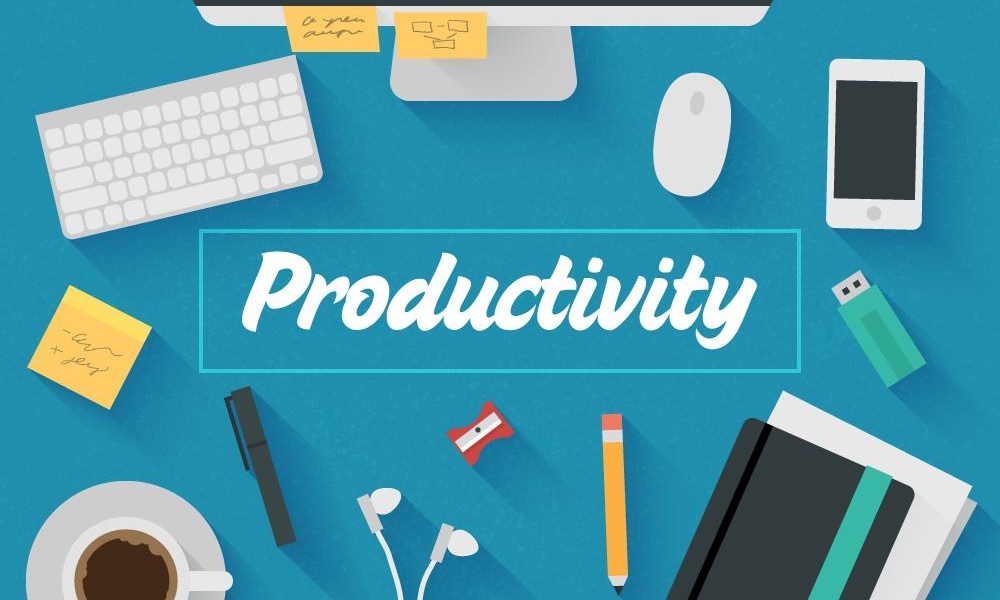More On: Workplace
Being at Your Workplace Isn’t Enough Anymore
The truth behind the 2009 Ellen DeGeneres tweet about making an employee cry
Ellen DeGeneres has no clue where ‘insane’ no-eye-contact rule began
Ellen DeGeneres’ ex Anne Heche weighs in on toxic workplace scandal
SoulCycle accused of firing execs who give birth, blaming it on COVID-19
If you’ve ever heard the phrase, “attention span of a goldfish,” you’d know what we’re talking about. Human Beings can only stay focused for so long before their mind starts to wander and they have to take a break to regain their focus. The debate on productive vs non-productive time is also based on this idea.
It’s almost impossible for someone to stay focused during the entire shift, say eight hours. The actual productivity will almost always be less than the total allocated time. This is a human limitation. You can adopt ways to increase productivity, but you can’t eliminate non-productive time altogether.
However, the effects of the recent AI boom have reached workplaces as well. Several startups are working on AI applications that let employers maintain stricter control over how employees perform in workplaces. These systems stay connected to the mainframe in real-time with the help of high-speed internets like Quantum Fiber internet and track users’ cognitive abilities. Here’s how technology is making it happen and raising potential concerns about privacy invasion.
AI to Track Workplace Productivity
Emotive is an AI-oriented company focusing on creating enterprise solutions for attention management. They recently unveiled their latest MN8 model, which essentially looks like earbuds. It can track a person’s emotional and cognitive functions with the help of two electrodes and send it to an external source in real time.
They’ve also partnered up with SAP SE to create a focus determination interface. This will analyze the focus, attention, and stress levels of employees in real time and share them with the employees and their supervisors. They claim that it will help employees be more attentive to what they’re best “able to handle at that moment.”
The company’s president, Oliver Oullier, presented a hypothetical case where an employee who has to attend a lot of back-to-back meetings comes to their desk and is reviewing some documents. MN8, with the help of those earbuds, will monitor the Alpha brain wave activity. Since higher alpha power is associated with less attention, and lower alpha power with more attention, it’ll generate a prompt to let the user know. It’ll say something like do you want to short walk or do a guided meditation to regain your focus.
Alternatively, it also allows employers to get a profile of each employee and compare them across teams. This will help them find solutions to optimize the productivity of their workforce.

Classifying the Type of Activity
If you’re thinking that you can evade this by doing something else [1]. After all, the software can only track if someone is paying attention to something or not, and if you’re paying attention to a social media app on your phone, then you should be okay. Well, no.
Bavarian State Ministry for Education and Culture’s research concluded that it is possible to monitor the type of activity the employees are engaged in. They did this with the help of electroencephalogram (EEG) technology. They can now discern central tasks like programming and development from peripheral tasks like documentation, and meta tasks like browsing the internet.
Admittedly, it’s still in its nascent phase. But, it won’t be long before enough data is available to establish a baseline for productive and non-productive tasks. Then, they’ll also have the option to tailor it to their specific workload, and all the employees’ data will be available to assess in real time.
Headband that will Nudge You Each Time You Wander off
MIT Media Lab developed a system “AttentivU” which measures the cognitive activity of a person with the help of a headband. It comes with a scarf that provides haptic feedback to the user when they wander off. They concluded that people who received a haptic alert would shift their focus back on the task at hand. This resulted in increased productivity among people who got the alert vs those who didn’t.
Privacy Concerns
Such inventions have also generated privacy concerns because of their potential for misuse. Media Lab’s group also expressed concerns by saying that hopefully no one is made to wear this. If some company decides to make it a mandatory requirement for its employees to wear such equipment when they don’t want to, that would be a serious breach of privacy.
Conclusion
The whole point of such technology is currently contingent on the fact that some people will voluntarily want to participate. However, the main concern remains what if a company decides to force people to participate in such activities? That’s a question these companies are unable to answer. It’s not like that hasn’t happened before. Rio Tinto’s Hail Creek mineworkers refused to wear SmartCaps because of privacy concerns in 2015.
Therefore, we, as humans, need to make sure that such technology isn’t imposed on anyone, and remains a voluntary choice.






















